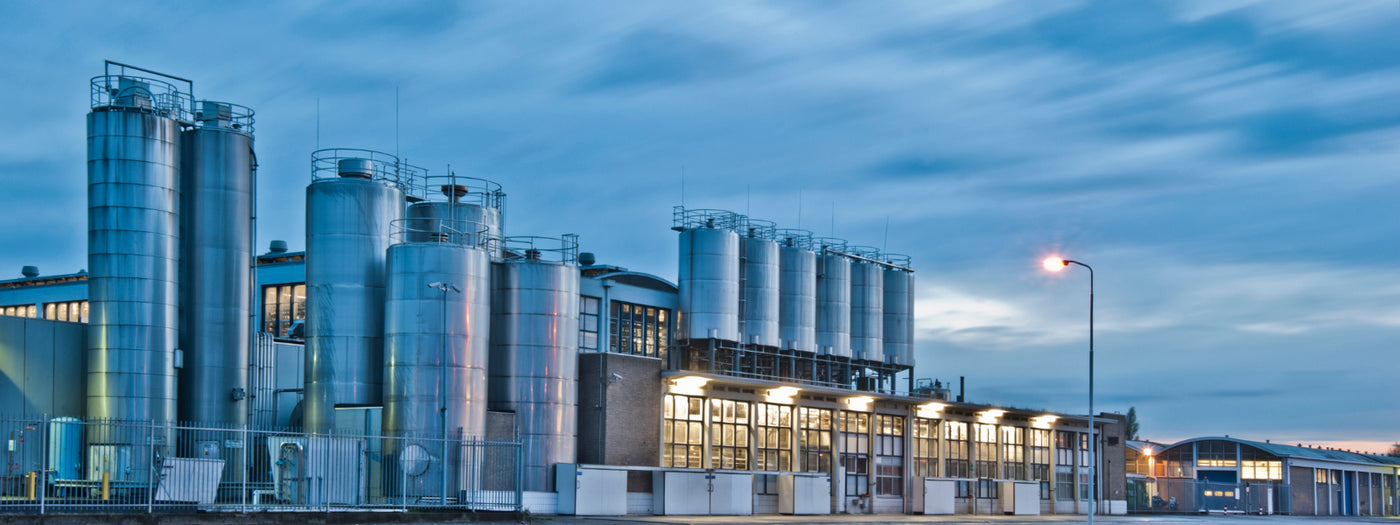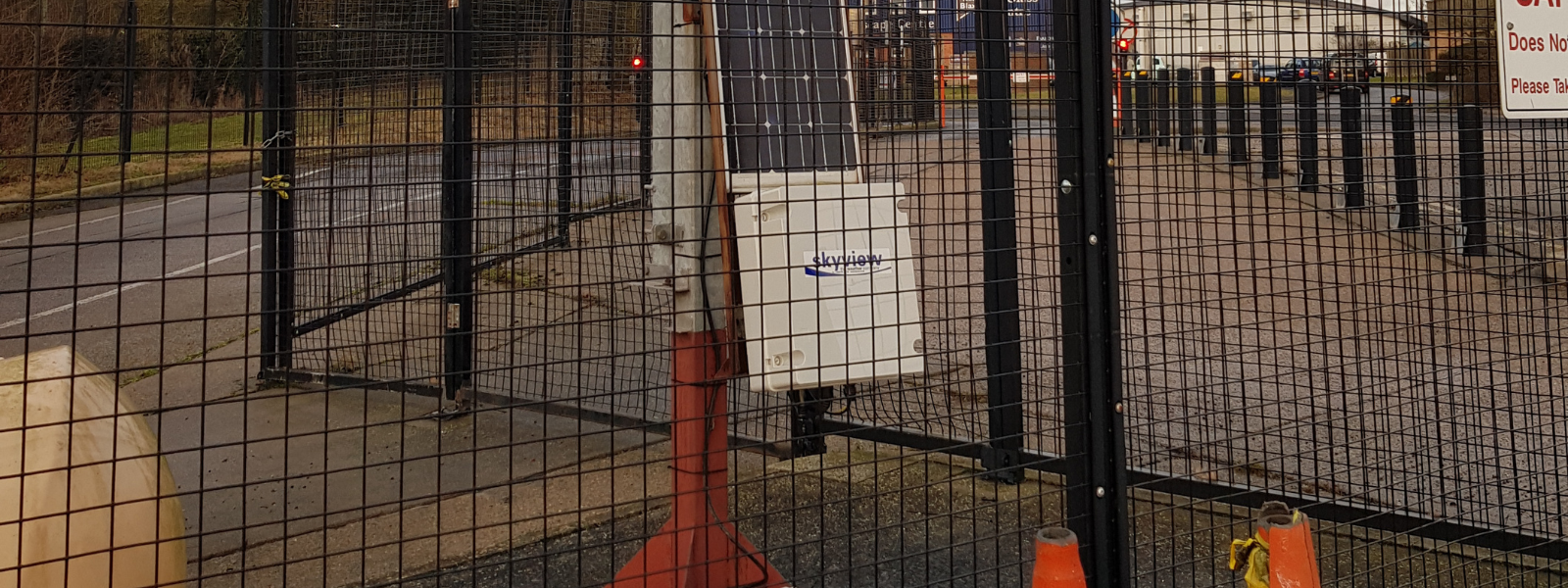
Skyview works with a host of top-tier COMAH-compliant clients, and in our 30+ year history of providing weather monitoring equipment and services, working in partnership with market leaders has proved one of our most interesting projects to date. For operators of sites using or storing dangerous substances, the requirement to prioritise health and safety couldn’t be higher. We are proud to play a key role in enabling safe operations both day-to-day and in potential emergency situations.
The Challenge
Businesses dealing with potentially dangerous, toxic substances must adhere to the most stringent health and safety standards, including the Control of Major Accident Hazards (COMAH) Regulations 2015. COMAH Regulations 2015 state that businesses must take all necessary measures to prevent major accidents involving dangerous substances, and limit the consequences to people and the environment should a major accident occur.
COMAH stipulates that a robust Safety Management System should be in place to identify and evaluate major hazards, in order to implement appropriate processes and procedures in the event of an emergency.
“You should prepare, keep up-to-date, and have readily available the information on process hazards, design limits, operational limits and controls coming from the hazard identification and risk evaluation procedures…. In particular, these procedures should cover:External hazards, including those arising from natural hazards (including weather).”- COMAH Regulations 2015
Toxic gas refuse areas are a crucial safety element for any site with a potential for a poisonous chemical or gas leak. If not monitored closely and accurately, any extreme weather or rapid changes in calm weather conditions could have a disastrous impact on operational staff and local communities, not to mention emergency service personnel entering the site to provide potentially life-saving care in an emergency situation.
To ensure the safety of all on site, each secure area needs to have a separate wind monitoring system and display unit, which should be robust and hard wired.
Assessing wind speed and direction in particular, gives vital reassurance that emergency service staff and other site personnel are not likely to run into any hazardous situations on arrival and be exposed to toxic gases whilst carrying out potentially life-saving duties.
Our Solution
After a detailed site assessment carried out by our expert engineers, we installed robust individual wind monitoring systems for 24 separate locations at a site in Hertfordshire, along with a further 3 monitoring systems at a north London site.
Each wind monitoring system comprises of an anemometer, LED displays and a 20ft sturdy stainless steel masts fixed to the relevant location with bespoke mounting. The 3-tier daisy chain display systems allow for ease of access to vital information for crucial, up-to-the-minute management decision-making.


